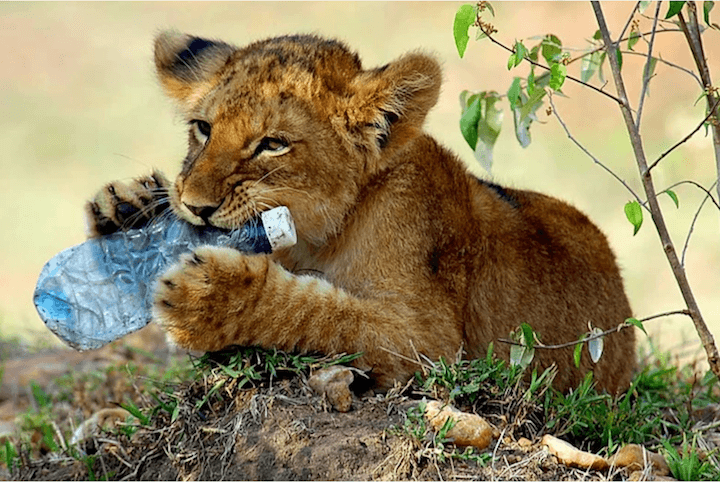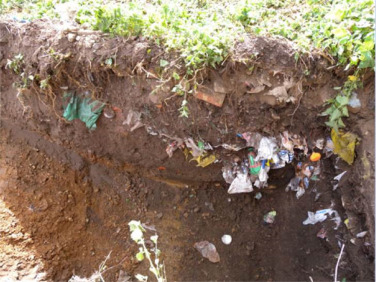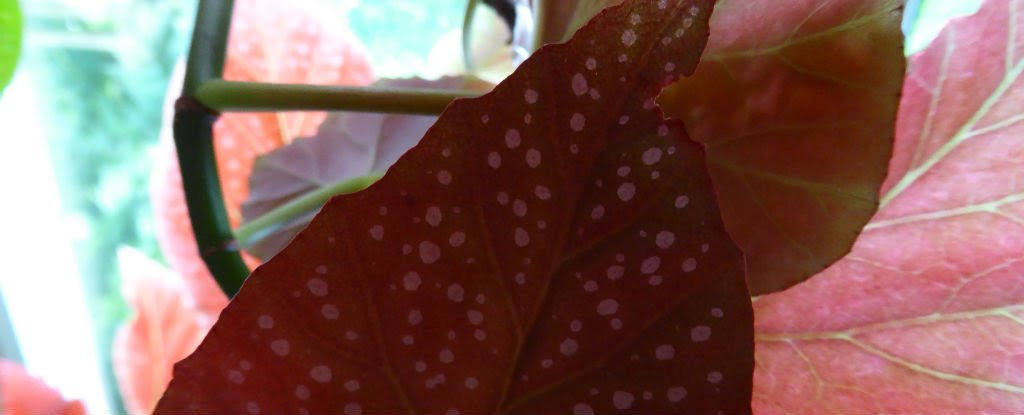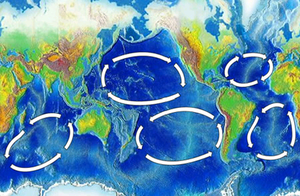Plasticene – 2020
Key concepts:
• Anthopocene – human era; Plasticene – plastic era
• plastic – hard to identify & recycle by appearance
• documenting the cause: amount of plastic produced
• top five sources of single use plastic trash: plastic bags, bottles, to-go containers, cups & straws
In July 2020 in Medium, Dr. Valentina Colapicchioni started her article Taming the Plasticene Era: How to solve the global issue of plastic waste management with a picture worth a thousand words.

Colapiccioni notes that“Covid wastes” are the latest plastic pollutants: medical gloves, surgical masks — made of polypropylene (PP) — and bottles of hand sanitiser (PET).
She provides an overview of the history and outlines strategies for remediation. The Waste to Energy (WtE) strategy tops her list. WtE, can produce energy, like electricity and heat, while addressing energy demand and reducing the waste volume in landfills, and reducing greenhouse gas emissions. Colapiccioni’s May 2020 article in Science Direct provides more detail on the WtE strategy.
In January 2020, Science Direct published a Marine Pollution Bulletin called The Plasticene Lexicon including terms like nurdle, plastivore, pyroplastic. The term “plasticene” was first used in 2011 and has since been widely adopted to describe the plastic dominance of our era.
The term ‘Anthropocene’ was coined in 2000 by Paul Crutzen and Eugene Stoermer to denote the current era when human activity has had a profound impact on the Earth. More recently the term ‘Anthropocene’ has given rise to use of the term ‘Plasticene’ to describe one lens to observe the complexity of our Plastic Era, which is characterized by
- disposables in all domains of human daily life, from diapers to cutlery;
- inventive diversity of synthetic materials with chemical composition and performance attributes that often cannot easily be identified by color or appearance and so are difficult to recycle;
- impressive scientific discovery of microbial capacities to break down plastics formerly thought to be inert, and so impossible to break down – new chemical processes that could become game-changers;
- striking design innovation, some constructive new plastics and uses, some destructive.
That this is the Plasticene is confirmed by the fact that plastics are now used as stratigraphic markers in field archaeological practice, indicating modern or recently disturbed deposits. Even small amounts of plastic found as inclusions within a layer can be used as evidence of date of deposition, providing precise constraints on the age of the specific deposit within which it is found. This also confers relative dating information on layers that are stratigraphically above (‘later than’) and below (‘earlier than’) the plastics-bearing layer.

Sylvia Earle was an early leader to recognize the threat to our oceans and to speak out on the plastic problem and to label the “plasticozoic”:
Disposal of debris in the ocean causes seabirds and ocean life to confuse bright-colored plastic debris for edible fish, which has caused mass destruction of sea life. About 90% of dead seabirds autopsied contain plastic in their stomachs, primarily bottle caps.
Plastics engineer Mike Biddle started his company MBA Polymers in Richmond, California. He began experimenting with complex-plastics recycling, borrowing ideas from mining and grain processing. Biddle developed a patented 30-step plastics recycling system that includes magnetically extracting metals, shredding plastics, sorting them by polymer type and producing graded pellets to be reused in industry – a process that takes less than a tenth of the energy required to make virgin plastic from crude oil. But developing his systems for sorting and classifying diverse plastic waste required real ingenuity.
Today, Biddle has plants in Europe and Asia with plenty of plastic material to recycle, starting with what Biddle calls “above-ground mining” our mountains of trash.
Dr. Odile Madden, Materials Scientist at the Smithsonian Institution, and Principal Investigator for The Age of Plastic program, describes the diversity and complexity of the plastics. In the last third of this recording the audience engages in discussing the plastic debris problem.
Broadcast live streaming video on Ustream
An April 2016 publication in the Science and Technology of Advanced Materials suggests potential to use 3D printing not merely to produce chemically inert objects but also to produce chemically active objects. This discovery could radically augment the future potential of 3D printing. Today 3D printers typically use inert materials like metal, clay and ABS plastic, extruded by the machines to build an object one layer at a time. Although a diverse array of useful items have been created in this way, innovation lay in the means of production and the object’s function, not in its chemistry.
American University chemistry professor Matthew Hartings leads a team that has created an ABS plastic filament with an active chemistry capable of neutralizing pollutants. To make the filament, the team added chemically active titanium dioxide (TiO2) nanoparticles to the usual plastic filament and fed it into a 3D thermoplastic printer. The material was used to print a matrix design the size and appearance of a household sponge. The resulting structure was still active even after the printing process. When natural light interacts with TiO2, a reaction occurs that breaks down pollutants.
One limitation of the research is that for the structure to print, the concentration of nanoparticles needed to be less than 10 percent of total mass of the structure. To achieve the desired behaviors, a higher concentration may be needed.
Recent scientific discovery of “reverse photosynthesis” by a team led by Claus Felby, a professor from University of Copenhagen, Denmark, may be another game-changer, altering how the industry produces chemicals and fuels, and serving to reduce pollution significantly. The team’s study, featured in Nature Communications, describes a process capable of reversing photosynthesis, which could have dramatic effects on how biofuels, plastics and other industrial products are made. Using reverse photosynthesis, factories could both speed up production while lowering pollution. The process traps sunlight in chlorophyll molecules, as plants do in nature. Natural enzymes called mono-oxygenases are added, which enable solar energy to break down plant biomass, producing chemicals and energy in the process. MORE

Design for Innovation
Biomimicry is a powerful design strategy, since many solutions have already been invented through natural evolution. For example, chitin, the material that makes the hard shell of crustaceans, is now being studied as a potential natural plastic substitute.
The problem that each year 350 billion pieces of disposable plastic cutlery and wooden chopsticks are discarded in the United States, Japan and India inspired research scientist Narayana Peesapaty to innovate: edible cutlery and chopsticks made of millet, rice and wheat, without preservatives. His edible cutlery has a shelf life of 3 years, but will decompose in 3 to 7 days (unless eaten).
Edible Cutlery (innovation series) from Black Ticket Films on Vimeo.
Edible cutlery is just one of many examples of how the challenges of the Plasticene have inspired discovery and innovation.
Tyrelessly is a company founded by a sixteen year old entrepreneur in India.
Tyrelessly (innovation series) from Black Ticket Films on Vimeo.
The Plastic Arts
Expeditions to the five plastic gyres are raising public awareness of the impact of dumping plastic debris in our oceans. Art has been fabricated out of plastic debris found on beaches. Chris Jordan has documented the plastic debris problem in art, photography, and film.
Richard Lang and Judith Selby have a website that features their art made with found objects of plastic. Plastic bottles have been filled and used as plastic bricks.
One Plastic Beach from High Beam Media on Vimeo.
And artist Dianna Cohen, who creates useable design objects from discarded plastic, has founded the Plastic Pollution Coalition. Though “plastic is a substance that the Earth cannot digest” may change with innovations such as those described above, for now we all need to recognize that far too much non-digestible plastic has been dumped everywhere.
And of course the Plasticene cannot be described without mention of the Barbie doll. Mattel cannot estimate how many Barbies have been sold since this doll first hit the market in 1959. But the number is in the billions.

Image Credit: Getty Images
Future archeologists will certainly analyze how Barbies have changed over the decades, and what these representations reveal about our values and culture. They end up in the Smithsonian Americana collection, where materials scientist Dr. Odile Madden must figure out how to preserve them for future generations to study. And they end up in our trash, much of which is swirling in the five great oceanic gyres shown in the diagram below.

See the app @ earthDECKS.org
Saving Our Oceans from Plastic: articles by Zann Gill
- Adverse Health Effects of Plastic
- Aquaria – Informal Learning Network
- Beat the Microbead
- Bibliography: Plastic Roads
- Boyan Slat: Floater Technology for Ocean Cleanup
- Complex Systems Problems
- Cradle to Grave: Plastic Supply Chain
- Dame Ellen MacArthur: The Circular Economy
- Sylvia Earle: Learning for a Plastic World
- earthDECKS Limelights: Companies to Watch
- Enshrouded in Plastic
- Flamingos Signal the Future We Face
- Floating Trash: More than 4x as bad as we thought
- Give the World a Helping Hand: 3D Prostheses
- Global Ocean Sensing
- Industry Response to the Plastic Challenge
- Nature’s Innovators: plastic consumers
- Ocean Debris Network
- Ocean Ingenuity
- Oceans – Measuring Planet Health
- Plastic Bank – The Exchange Economy
- Plastic – Climate Change Connection: Israel & UBQ
- PLASTIC: Complex Systems Problem
- Plastic: Drinking Water, Table Salt & Mother’s Milk
- Plastic Footprint ~ Carbon Footprint
- Plastic-Eating Enzyme
- Plastic Gyres and Social Justice
- Plastic Impact Calculator
- Plastic Pollution Coalition: Campaign vs Single Use Plastic
- Plastic & Public Health: Endocrine Disruptors
- PLASTIC: Overview of National Leadership
- Plastic Roads – Global Innovation Ecosystem
- Plastic – The Circular Economy
- The Plasticene
- Plastiki: adventure stories & a big message
